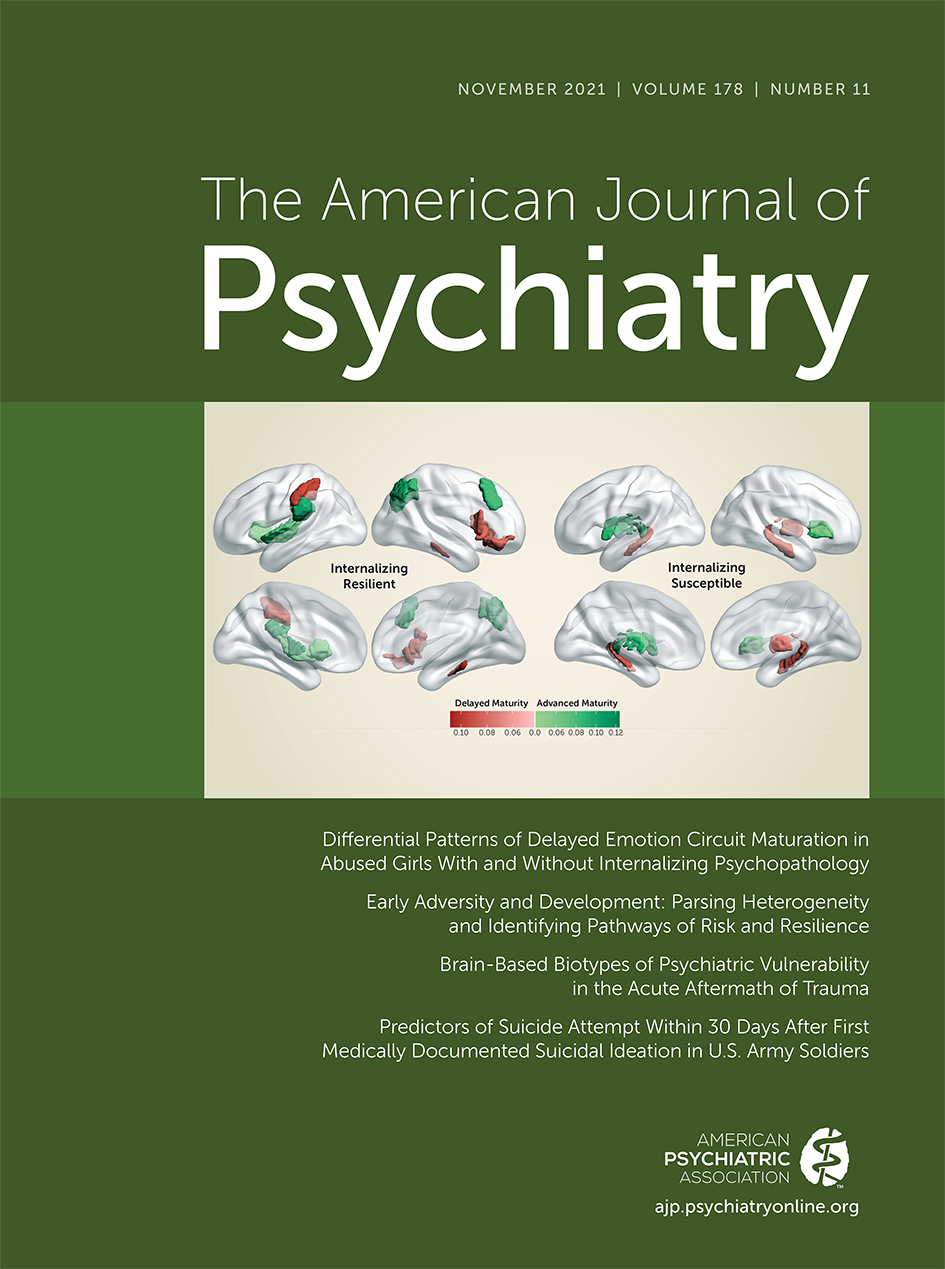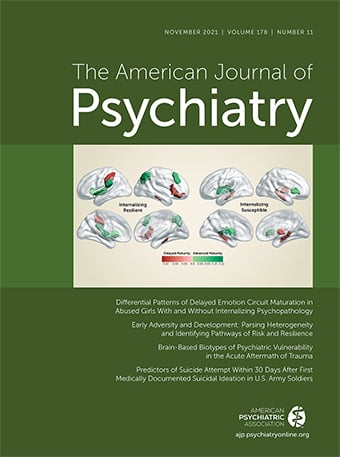Early Adversity and Development: Parsing Heterogeneity and Identifying Pathways of Risk and Resilience
Abstract
MECHANISMS: IDENTIFYING PATHWAYS LINKING EARLY ADVERSITY WITH MENTAL HEALTH
Stress Acceleration
HETEROGENEITY: DIMENSIONAL MODELS OF EARLY ADVERSITY
Unpredictability
Threat and Deprivation
TIMING: SENSITIVE PERIODS AND DEVELOPMENTAL EFFECTS
Sensitive Periods
Timing-Related Effects of Adversity
PROTECTIVE FACTORS: CAREGIVER SUPPORT AND OPPORTUNITIES FOR RECALIBRATION
Caregiver Buffering
Opportunities for Recalibration
CHALLENGES AND FUTURE DIRECTIONS IN THE STUDY OF EARLY ADVERSITY
Key Challenges
Cross-Species Translation
Longitudinal Developmental Investigations
“Big Data” and Collaboration
Advanced Computational Approaches
Refining Conceptual Models
Translation to Intervention
CONCLUSIONS
References
Information & Authors
Information
Published In
History
Keywords
Authors
Competing Interests
Metrics & Citations
Metrics
Citations
Export Citations
If you have the appropriate software installed, you can download article citation data to the citation manager of your choice. Simply select your manager software from the list below and click Download.
For more information or tips please see 'Downloading to a citation manager' in the Help menu.
View Options
View options
PDF/EPUB
View PDF/EPUBLogin options
Already a subscriber? Access your subscription through your login credentials or your institution for full access to this article.
Personal login Institutional Login Open Athens loginNot a subscriber?
PsychiatryOnline subscription options offer access to the DSM-5-TR® library, books, journals, CME, and patient resources. This all-in-one virtual library provides psychiatrists and mental health professionals with key resources for diagnosis, treatment, research, and professional development.
Need more help? PsychiatryOnline Customer Service may be reached by emailing [email protected] or by calling 800-368-5777 (in the U.S.) or 703-907-7322 (outside the U.S.).

